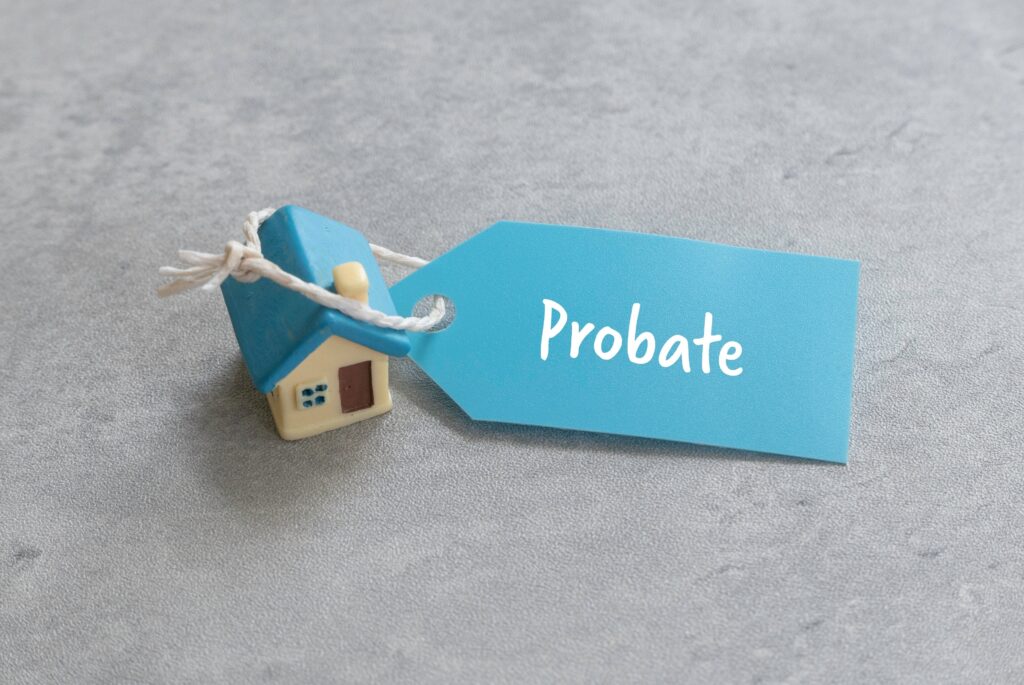When a loved one passes away, the process of managing their estate can be daunting, particularly when it involves real estate encumbered by liens, mortgages, or other legal obligations. Texas probate law provides a structured framework to handle such complexities, ensuring that both the rights of the heirs and the obligations tied to the property are addressed. This article delves deeply into how real estate with encumbrances is managed under Texas probate law, offering insights and guidance for executors, beneficiaries, and legal practitioners.
Understanding Encumbrances on Real Estate
Before exploring how Texas probate law addresses encumbered real estate, it is crucial to understand what encumbrances are. In legal terms, an encumbrance is any claim, lien, charge, or liability attached to and binding on real property. Encumbrances can significantly affect the value and transferability of real estate. Common types include:
- Mortgages: A loan secured by the property, typically involving regular payments. If the mortgage is not fully paid off at the time of the owner’s death, the property remains encumbered.
- Liens: A legal right or interest that a creditor has in the debtor’s property, usually as security for a debt. This can include tax liens, judgment liens, or mechanic’s liens.
- Easements: A right for someone else to use the property for a specific purpose, such as access to a road or utility lines.
- Property Taxes: Unpaid property taxes can result in a lien against the property, complicating its transfer.

The Probate Process in Texas
Probate is the legal process of settling a deceased person’s estate, including the distribution of assets to heirs and payment of any debts. In Texas, probate can take various forms, depending on the size and complexity of the estate. The main types include:
- Independent Administration: The most common form in Texas, this allows the executor to manage the estate with minimal court supervision. It is faster and less costly than dependent administration.
- Dependent Administration: This form requires court approval for most actions the executor takes, including selling real estate. It is typically used in more complex cases where disputes may arise.
- Muniment of Title: Used when there is no debt owed by the estate (other than secured debts like a mortgage), this process allows for a simplified transfer of property without full probate.
Handling Mortgages in Probate
One of the most common encumbrances on real estate is a mortgage. In Texas, when the owner of a mortgaged property passes away, the debt does not automatically disappear. The mortgage remains attached to the property, and it is the responsibility of the executor to address it during probate. Here’s how this is generally handled:
- Continue Payments: If the estate has sufficient funds, the executor can continue making mortgage payments until the property is sold or transferred to a beneficiary.
- Refinance or Pay Off the Mortgage: If the heirs wish to keep the property, they may choose to refinance the mortgage in their own names or pay it off using other assets in the estate.
- Sell the Property: If the estate lacks the funds to maintain mortgage payments, selling the property may be the best option. The proceeds from the sale will first go toward satisfying the mortgage, with any remaining funds distributed to the heirs.
- Transfer of Title: Texas law allows the transfer of the property to heirs, but the mortgage will still need to be paid. If the heirs default on the mortgage, the lender has the right to foreclose.
Liens and Other Encumbrances
Liens are another common type of encumbrance that can complicate the probate process. Unlike a mortgage, which is typically planned for and managed, liens can be unexpected and may arise from various circumstances, such as unpaid taxes or legal judgments.
Handling Tax Liens
Unpaid property taxes result in a lien against the property, and this lien must be satisfied before the property can be transferred to the heirs. The executor should:
- Identify the Lien: Check with the county tax assessor to determine if any property taxes are owed.
- Pay the Lien: Use estate funds to pay off the tax lien before transferring the property.
- Negotiate: In some cases, it may be possible to negotiate a payment plan or reduced amount, especially if the estate is short on funds.
Addressing Judgment Liens
Judgment liens arise from legal judgments against the deceased. These must be resolved before the property can be transferred:
- Satisfy the Lien: Use estate assets to pay off the judgment lien.
- Sell the Property: If the estate lacks sufficient funds to pay the lien, selling the property may be necessary. The proceeds will first go to satisfying the lien, with any remaining funds going to the estate.
Easements and Right of Way Issues

Easements, while not financial encumbrances, can still impact the value and use of the property. An easement grants another party the right to use a portion of the property for a specific purpose, such as accessing a road or utility lines.
Managing Easements in Probate
- Review Easement Agreements: The executor should carefully review any existing easements to understand their terms and implications.
- Communicate with Easement Holders: Ensure that the parties benefiting from the easement are aware of the property owner’s death and the pending probate process.
- Consider the Impact on Sale or Transfer: Easements can affect the market value of the property, so the executor should consider this when deciding whether to sell or transfer the property.
Practical Steps for Executors Handling Encumbered Real Estate
Executors play a critical role in managing real estate encumbered by debts or legal obligations. The following steps can help ensure a smooth process:
- Thoroughly Investigate the Property: Start by identifying all encumbrances tied to the property, including mortgages, liens, and easements.
- Maintain Open Communication with Beneficiaries: Keep beneficiaries informed about the status of the property and the encumbrances. Transparency helps avoid misunderstandings and disputes.
- Seek Professional Advice: Handling encumbered real estate can be complex, and the executor may benefit from consulting with an attorney, accountant, or real estate professional.
- Prioritize Debts: Understand which debts must be paid first. In Texas, secured debts like mortgages take priority over unsecured debts.
- Document All Actions: Keep detailed records of all financial transactions, communications, and decisions related to the property. This documentation is essential for court filings and protecting the executor from potential liability.
Selling Encumbered Property During Probate
Selling property during probate, especially when it is encumbered, requires careful planning and legal compliance. Here’s how the process generally unfolds in Texas:
Obtaining Court Approval
If you are acting under dependent administration, you must obtain court approval before selling the property. This involves filing a petition with the probate court, notifying all interested parties, and potentially attending a hearing.
Listing the Property
Once approval is granted, the property can be listed for sale. It is advisable to work with a real estate agent experienced in probate sales to ensure the property is marketed effectively and sold for a fair price.
Disclosing Encumbrances
Full disclosure of all encumbrances is required when selling the property. Potential buyers need to know about any mortgages, liens, or easements that affect the property.
Closing the Sale
Proceeds from the sale will first go toward paying off the encumbrances. The remaining funds are then distributed according to the terms of the will or, in the absence of a will, Texas intestacy laws.
Dealing with Disputes Over Encumbered Real Estate
Disputes can arise during probate, particularly when real estate is involved. Common issues include disagreements among beneficiaries, challenges to the validity of a will, or disputes with creditors.

Resolving Beneficiary Disputes
Beneficiaries may disagree on whether to keep or sell the property, especially if it holds sentimental value. In such cases:
- Mediation: Consider mediation as a way to reach a compromise without going to court.
- Partition Sale: If the beneficiaries cannot agree, a partition sale may be ordered by the court, forcing the sale of the property and dividing the proceeds.
Addressing Creditor Claims
Creditors with liens or other claims against the estate may challenge the distribution of assets. Executors should:
- Verify Claims: Ensure that all creditor claims are valid before paying them.
- Negotiate Settlements: If the estate lacks sufficient funds, the executor may negotiate with creditors for a reduced payment.
Contesting the Will
If the will is contested, the probate process can be delayed, complicating the handling of encumbered real estate. Executors should:
- Prepare for Litigation: Work closely with an attorney to prepare for potential court battles.
- Follow Court Orders: Adhere strictly to any court orders regarding the management or sale of the property.
Conclusion: Navigating Encumbered Real Estate in Texas Probate
Handling real estate encumbered by mortgages, liens, or other obligations adds complexity to the probate process, but with careful planning and adherence to Texas law, these challenges can be managed effectively. Executors must balance the rights of beneficiaries with the legal obligations attached to the property, ensuring that all parties are treated fairly and the estate is settled efficiently.
By understanding the nuances of Texas probate law and seeking professional guidance when necessary, executors can navigate the process with confidence, ensuring that the deceased’s final wishes are honored and that the property is transferred or sold with integrity.







